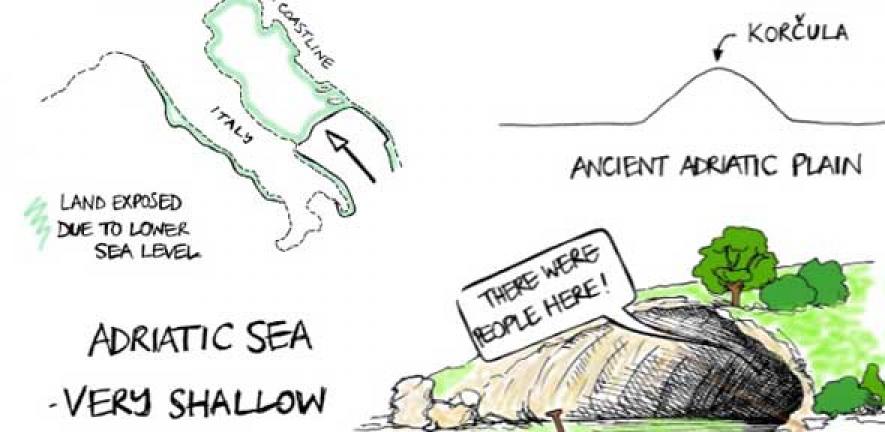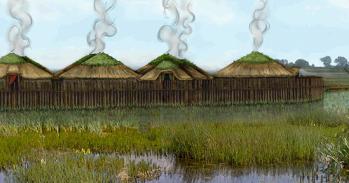
A video project demonstrates how academic research can be communicated in an engaging format that puts across complex ideas in a nutshell.
A video project demonstrates how academic research can be communicated in an engaging format that puts across complex ideas in a nutshell.
If you’re immersed in your subject, it can be really hard to know how to distil your ideas into concepts that the public can grasp without much prior knowledge.
Dr Suzanne Pilaar Birch
A project to make academic research more readily accessible to the public has led to the creation of a collection of short videos that feature archaeological themes.In just four minutes, and using an immediately engaging format, each video encapsulates an aspect of the original work undertaken by a Cambridge PhD student or postdoctoral researcher. Three videos have so far been produced and a fourth will appear shortly.
The published videos (all on YouTube) are: Where Did Humans Go During the Last Ice Age?, which features the research of Dr V Pia Spry-Marques; What Do Bones Say About Belief? (Rosalind Wallduck); and What Diet Can Tell Us About Social Relationships (Lauren Cadwallader). The forthcoming video (based on the work of Dr Isla Fay) will look at the digitisation of images at the Whipple Museum.
The aim of the Digital Research Video Project is to help early career researchers communicate their work simply and effectively. The project, which is supported by the Social Media Knowledge Exchange (SMKE), is run by Dr Suzanne Pilaar Birch, who was a PhD student and Gates Scholar at Cambridge and is now at Brown University in the USA.
As well as telling individual research stories, the videos introduce viewers to the ways in which archaeologists work by making connections (for example between diet and social status), using technology for dating (such as staple isotope analysis), and looking at how people respond to changes in the environment (such as the ice age).
The project began with a one-day workshop for Cambridge University PhD candidates at which a professional science communicator explained how to put across their ideas successfully. This session was followed by a competition in which researchers were invited to submit proposals for videos in the form of summaries of their work and one-page scripts.
“If you’re immersed in your subject, and familiar with writing in an academic style, it can be really hard to know how to distil your ideas into concepts that the public can grasp without much prior knowledge of your subject while at the same time not dumbing down your research,” said Dr Pilaar Birch.
“But having to explain your work in fairly simple language is also a useful exercise and there’s huge enthusiasm among early career academics to reach out to the public. What particularly attracted the researchers to the project was the chance to be actively involved in the process of making their work accessible.”
The researchers selected as participants worked closely with producer and illustrator Sarah Castor-Perry to devise the script and illustrations for each video. Castor-Perry also provided the voice-over which, together with her drawings, added to the distinctiveness of the videos.
Dr Isla Fay said: ”We were very lucky to have the chance to collaborate with Sarah. She has shown us the power of visual media to convey complex ideas in a way that is both accessible and entertaining.”
Data from YouTube shows that the videos have been well received and it is thought that they are particularly popular with students.
The Digital Research Video Project is part of the Social Media Knowledge Exchange, a collaborative programme providing postgraduate students and early career researchers in the Arts and Humanities with opportunities for knowledge exchange with social media practitioners in academia, museums, archives, libraries, and the voluntary sector. It is funded by the Arts & Humanities Research Council. www.smke.org
This work is licensed under a Creative Commons Licence. If you use this content on your site please link back to this page.





